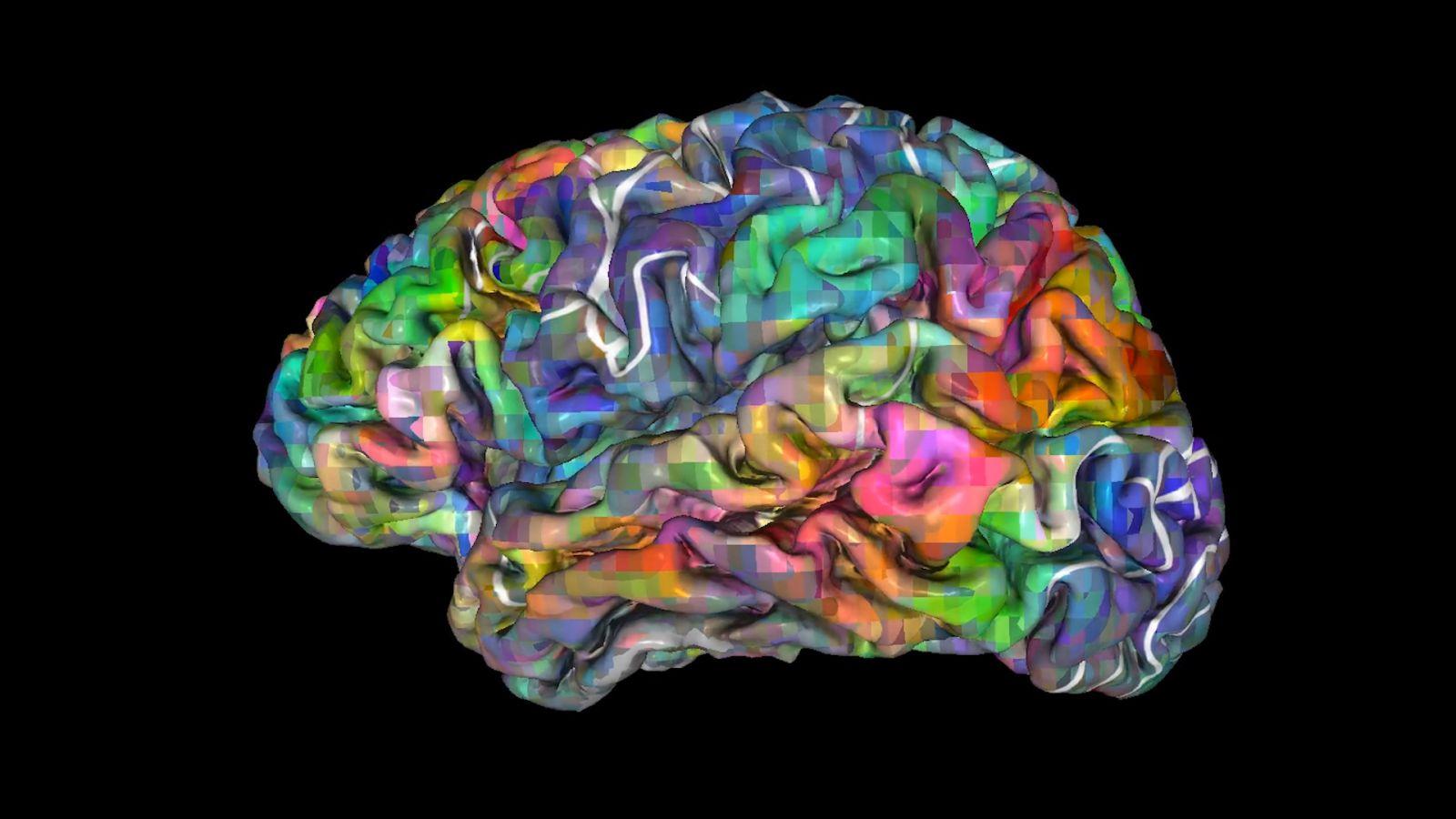Neuroscientists can read brain activity to predict decisions 11 seconds before people act
Free will, from a neuroscience perspective, can look like quite quaint. In a study published this week in the journal Scientific Reports, researchers in Australia were able to predict basic choices participants made 11 seconds before they consciously declared their decisions.


Free will, from a neuroscience perspective, can look like quite quaint. In a study published this week in the journal Scientific Reports, researchers in Australia were able to predict basic choices participants made 11 seconds before they consciously declared their decisions.
In the study, 14 participants—each placed in an fMRI machine—were shown two patterns, one of red horizontal stripes and one of green vertical stripes. They were given a maximum of 20 seconds to choose between them. Once they’d made a decision, they pressed a button and had 10 seconds to visualize the pattern as hard as they could. Finally, they were asked “what did you imagine?” and “how vivid was it?” They answered these questions by pressing buttons.
Using the fMRI to monitor brain activity and machine learning to analyze the neuroimages, the researchers were able to predict which pattern participants would choose up to 11 seconds before they consciously made the decision. And they were able to predict how vividly the participants would be able to envisage it.
Lead author Joel Pearson, cognitive neuroscience professor at the University of South Wales in Australia, said that the study suggests traces of thoughts exist unconsciously before they become conscious. “We believe that when we are faced with the choice between two or more options of what to think about, non-conscious traces of the thoughts are there already, a bit like unconscious hallucinations,” he said in a statement. “As the decision of what to think about is made, executive areas of the brain choose the thought-trace which is stronger. In, other words, if any pre-existing brain activity matches one of your choices, then your brain will be more likely to pick that option as it gets boosted by the pre-existing brain activity.”
The work has implications for how we understand uncomfortable thoughts: Pearson believes the findings explain why thinking about something only leads to more thoughts on the subject, as it creates “a positive feedback loop.” The study also suggests that unwelcome visualizations, such as those experienced with post-traumatic stress disorder, begin as unconscious thoughts.
Though this is just one study, it’s not the first to show that thoughts can be predicted before they are conscious. As the researchers note, similar techniques have been able to predict motor decisions between seven and 10 seconds before they’re conscious, and abstract decisions up to four seconds before they’re conscious. Taken together, these studies show how understanding how the brain complicates our conception of free will.
Neuroscientists have long known that the brain prepares to act before you’re consciously aware, and there are just a few milliseconds between when a thought is conscious and when you enact it. Those milliseconds give us a chance to consciously reject unconscious impulses, seeming to form a foundation of free will.
Freedom, however, can be enacted by both the unconscious and conscious self—and there are neuroscientists who claim that being controlled by our own unconscious brain is hardly an affront to free will. Studies showing that neuroscientists can predict our actions long before we’re aware of them don’t necessarily negate the concept of free will, but they certainly complicate our conception of our own minds.